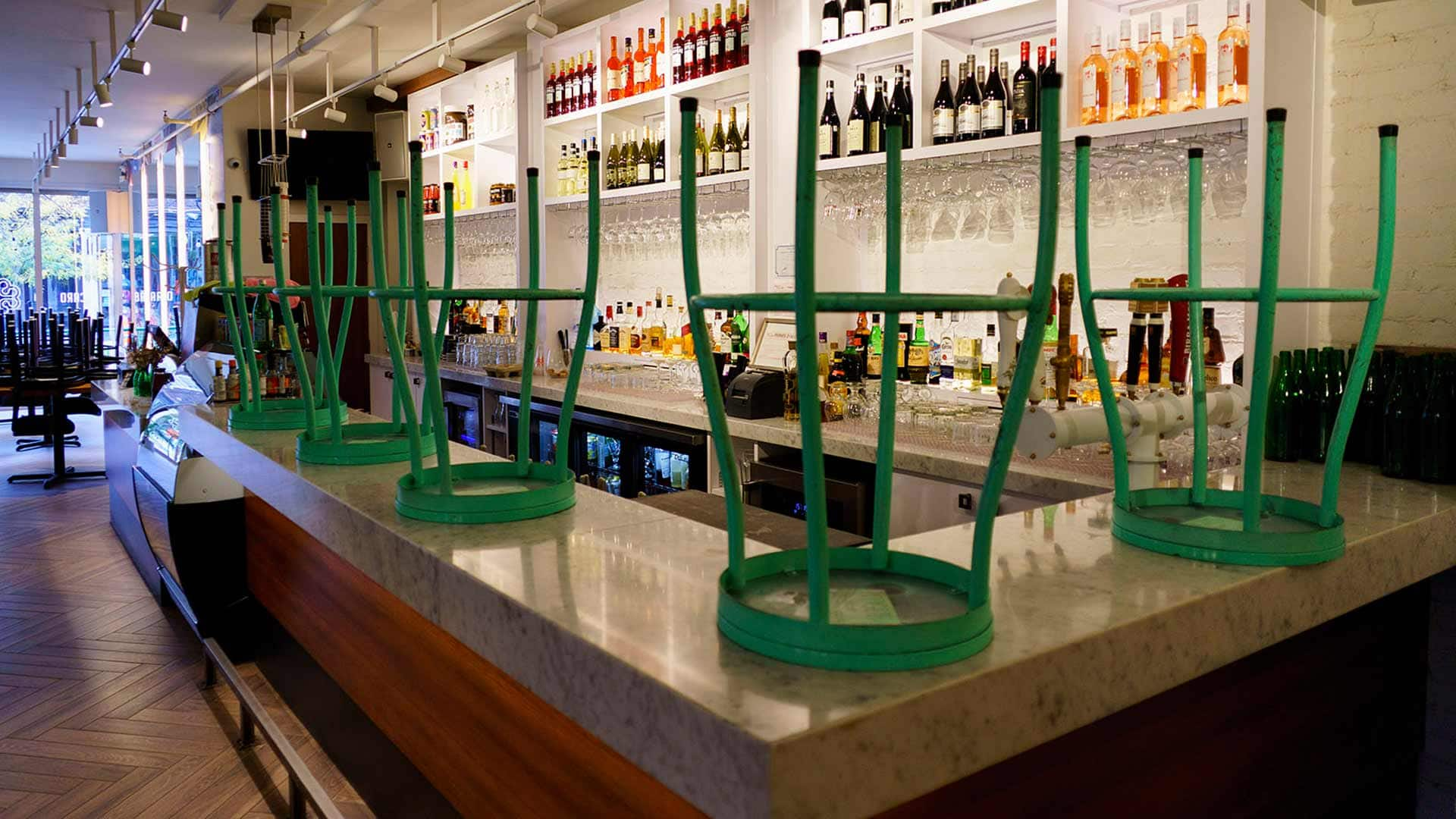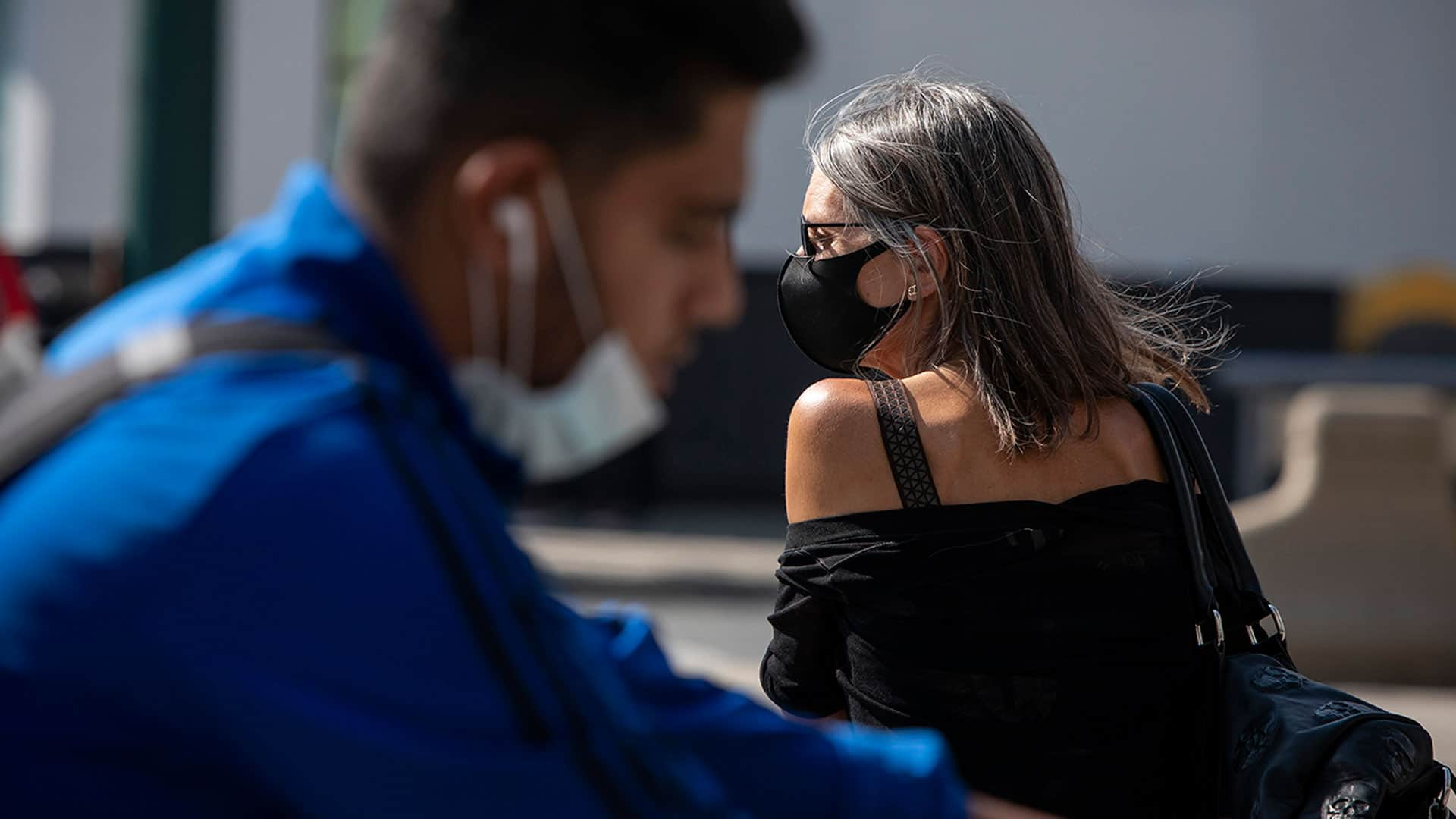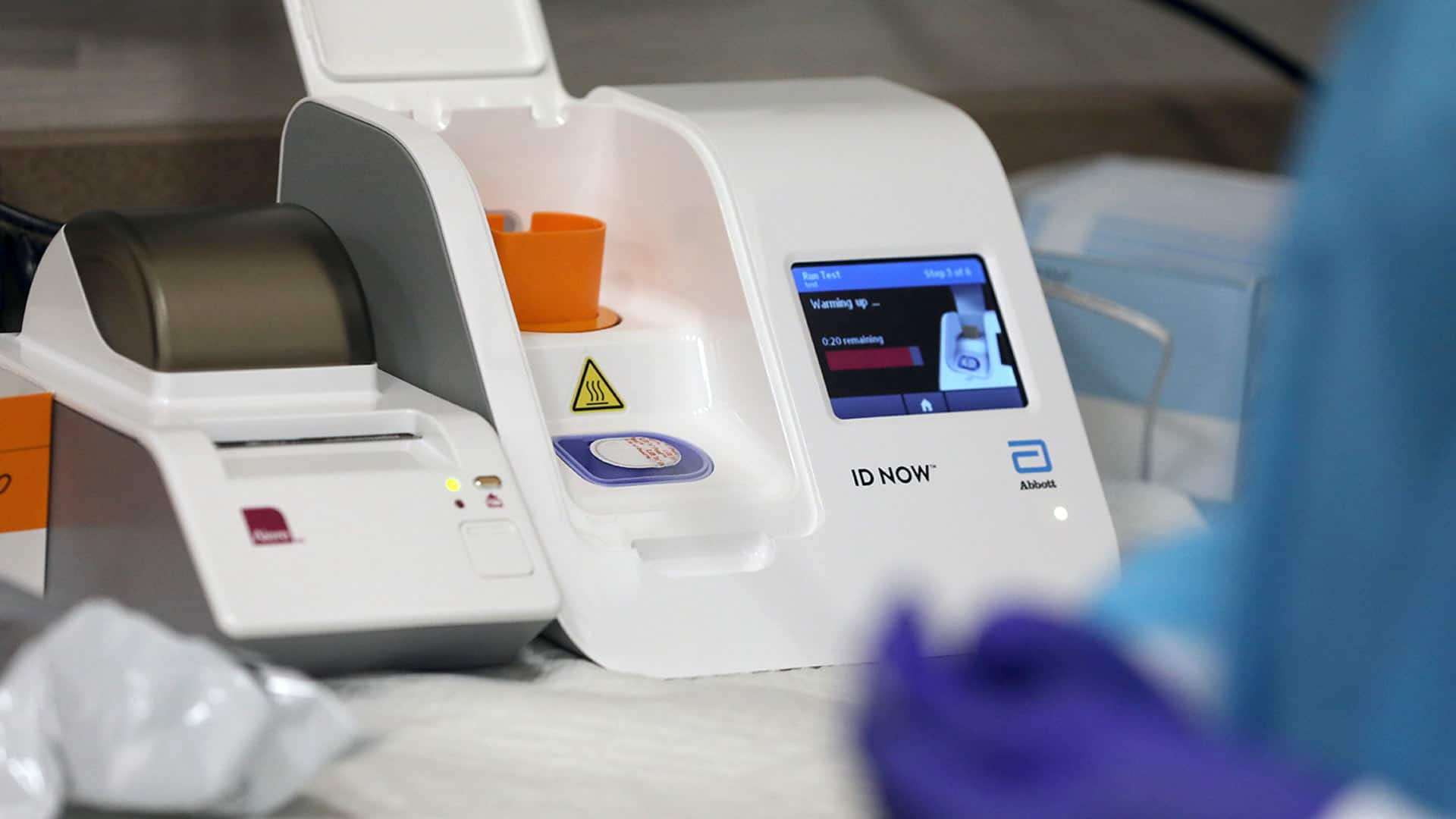Coronavirus: What’s happening in Canada and around the world on Thursday
The latest:
- Federal government offering Red Cross support to COVID-19 hot spots, sources say.
- New COVID-19 restrictions come into effect in Quebec’s red zones.
- Ontario says new daily coronavirus cases expected to reach 1,000 in first half of October.
- Two largest U.S. school districts roll out ambitious plans to test students, staff for virus.
- Madrid to obey new COVID-19 rules but will fight them in court.
- India reports 86,821 new cases, projected to become pandemic’s worst-hit country within weeks.
As parts of Canada grapple with the onset of a second COVID-19 wave, sources say the federal government is offering to send the Canadian Red Cross into hot spots, while Quebec is giving police new legal tools to help enforce stricter public health measures taking effect in the province’s designated red zones.
Ottawa has been reaching out to hard-hit regions recently experiencing outbreaks and surges, said a senior government official who was speaking on the condition of anonymity.
The official said so far the government has made contact with British Columbia, Alberta and Quebec, and with Toronto, Ottawa, Windsor-Essex and Peel Region in Ontario, with plans to talk to Winnipeg on Thursday.
Depending on an individual region’s needs, the Red Cross could provide logistical support for testing centres and long-term care homes, help in isolating infected individuals, assist with feeding and caring for the sick and offer psychological aid, said the official.
The work would be covered by the $100 million in new funding the federal government gave the Red Cross back in May.
Over the summer, Health Canada worked with the Red Cross — a charity that receives funding from the Canadian government and has a long history of responding to disasters — to build up a civilian workforce to deploy during regional outbreaks in the event of a second wave of infections in the fall.
The organization has already helped to deliver food to temporary foreign workers isolating in southwestern Ontario and deployed to Quebec long-term care homes.
Meanwhile, three Quebec regions — Greater Montreal, Quebec City and Chaudière-Appalaches — are now under stricter COVID-19 measures, as the provincial government attempts to slow the surge of new coronavirus cases.
The new restrictions, announced earlier this week, took effect at 12:01 a.m. ET on Thursday and are set to last until Oct. 28 in those regions, which have been designated as red zones under the province’s COVID-19 alert system.
The restrictions include: a ban on home gatherings (with some exceptions, such as a single caregiver allowed per visit); the closure of all bars, casinos and restaurants, except for takeout; the closure of libraries, museums, cinemas and theatres; and mandatory masks during demonstrations.
WATCH | Quebec steps up enforcement for new COVID-19 restrictions:

Quebec has strengthened its COVID-19 restrictions, especially for areas under the provincial red zone designation, and have provided legal tools for police to enter homes and break up unsanctioned gatherings. 3:39
Speaking during a late-afternoon news conference on Wednesday, Premier François Legault said the negligence of a few has led to the crackdown. “Lives are at stake. We want to keep our children in schools,” he said. “We also want to protect our health network.”
To that end, the premier said police in the red zones will be issuing $1,000 fines to those who violate the newly strengthened public health rules. With fees, those fines will top $1,500.
With the crackdown on house guests, police are authorized to demand proof of residency and if residents refuse entry, officers will be able to obtain warrants faster through a new, virtual system that was established in collaboration with the Crown, the premier said.
Normally the process for obtaining a warrant can take a day or two, but that won’t work when police want to break up parties that very same evening, Legault said. He said people who shrug off the rules and host parties are “putting the lives of other people in danger.”
Quebec reported 838 new cases of COVID-19 but no new deaths Wednesday. Since the start of the pandemic, there have been 74,288 confirmed cases and 5,834 people have died in the province.
What’s happening in the rest of Canada
As of 7:15 a.m. ET on Thursday, Canada had 158,758 confirmed or presumptive coronavirus cases. Provinces and territories listed 134,971 of those as recovered or resolved. A CBC News tally of deaths based on provincial reports, regional health information and CBC’s reporting stood at 9,333.
In Ontario, health authorities say they are expecting new daily cases of COVID-19 to reach 1,000 in the first half of October, as the province confirmed another 625 new infections on Wednesday.
According to Adalsteinn Brown, the dean of the Dalla Lana School of Public Health at the University of Toronto, the number of new cases reported daily are doubling every 10 to 12 days. That means the province could see a “remarkably high surge” in the coming weeks.
WATCH | Critical contact tracing backlog as COVID-19 cases rise in Ontario:

Ontario has put a lot of effort into ramping up its COVID-19 testing, but experts say contact tracing is lagging woefully behind and it may be too late to fix the problem. 2:01
He said the growth in infections was initially limited to the 20-39 age group, however cases are now climbing in every age group.
“Although we see a large amount of infections among younger people right now, this is likely starting to spill over into older age groups, which is where we see the most tragic and most challenging consequences for health and for the health-care system,” said Brown.
With the country bracing for caseload spikes, Health Canada regulators on Wednesday approved the ID NOW rapid COVID-19 testing device.
The Abbott Laboratories-backed molecular devices can be administered by trained professionals at places like pharmacies, walk-in clinics and doctors’ offices without the need for a laboratory to determine if someone is infected with the virus.
WATCH | Ottawa to buy millions of rapid COVID-19 tests after approval:

Ottawa has signed an agreement to buy millions of rapid-test devices for COVID-19, but it hasn’t been approved by Health Canada. The technology promises to detect the virus in less than 15 minutes and many are pushing to speed up its approval. 1:56
The point-of-care devices can give results in 15 minutes and could result in millions more tests for communities dealing with a surge in coronavirus cases.
To date, the vast majority of tests have been done at public health clinics, with samples then sent to laboratories for analysis — a process that can take days.
What’s happening around the world
According to Johns Hopkins University, the global total of confirmed coronavirus cases stands at more than 33.9 million. More than one million people have died, while over 23.6 million have recovered.
In the United States, the two largest school districts in the country are rolling out ambitious and costly plans to test students and staff for the coronavirus, bidding to help keep school buildings open amid a rise in infections among the nation’s school-age children.
New York City is set to begin testing 10 to 20 per cent of students and staff in every building monthly beginning Thursday, the same day the final wave of the district’s more than one million students returns to bricks-and-mortar classrooms for the first time in six months.
“Every single school will have testing. It will be done every single month. It will be rigorous,” New York City Mayor Bill de Blasio said in announcing the plan as part of an agreement with the teachers’ union to avert a strike. At least 79 Department of Education employees have died from the virus.
With an estimated 100,000 to 120,000 tests expected each month, each costing between $78 US and $90 US, New York City’s school-based testing plan goes well beyond safety protocols seen in most other districts.
Meanwhile, the Los Angeles Unified School District has launched a similarly comprehensive, $150-million US testing program to help determine when it will be safe to resume in-person instruction. The district began the school year remotely in August for all 600,000 students. The New York and Los Angeles systems are respectively the nation’s largest and second-largest school districts.
In Spain, Madrid will carry out a national order restricting mobility in large Spanish cities with rapid virus spread, but its regional president announced Thursday she will fight the Spanish government’s resolution in the courts because she deems it arbitrary.
Spain’s official gazette on Thursday published the Health Ministry order that gives the country’s 19 regions two days to implement limits on social gatherings and shops’ opening hours, and restrict trips in and out of any large cities that have recorded a two-week infection rate of 500 cases per 100,000 residents.
Countrywide, only Madrid and nine of its suburban towns met the criteria as of Thursday.
Spain’s central government and regional officials in Madrid have been at odds for weeks over how to respond to the pandemic while the spread of the virus in the Spanish capital surged to the highest level in Europe’s second wave of infections.
The centre-right Madrid government has resisted the stricter measures in the city of 3.3 million and its suburbs for fears of damaging the economy. Regional chief Isabel Diaz Ayuso also claims that Spain’s national left-wing coalition is targeting Madrid for political reasons and disregarding her efforts to contain the spread of the virus.
India has reported 86,821 new coronaviruses cases and another 1,181 fatalities, making September its worst month of the pandemic.
The Health Ministry’s update raises India’s total caseload to more than 6.3 million and 98,678 dead. India added 41 per cent of its confirmed cases and 34 per cent of fatalities in September alone.

India is expected to become the pandemic’s worst-hit country within weeks, surpassing the United States, where more than 7.2 million people have been infected.
The government announced further easing of restrictions Oct. 15. Cinemas, theatres and multiplexes can open with up to half of seating capacity, and swimming pools can also be used by athletes in training.
The government also said India’s 28 states can decide on reopening of schools and coaching institutions gradually after Oct. 15. However, the students will have the option of attending online classes.



